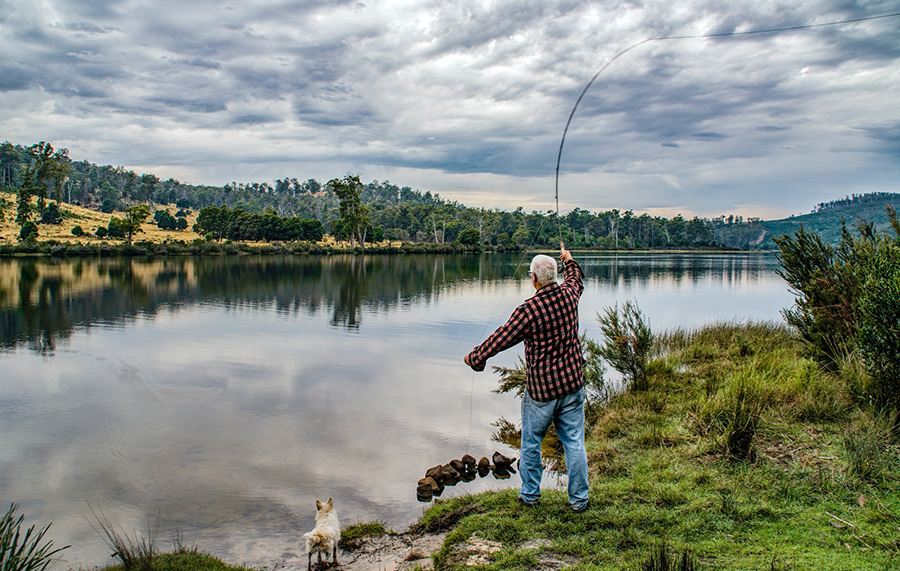The Main Purpose of Fly Fishing Leader and How to Choose a Suitable One
Category: Fly Fishing Equipment
The main purpose of a fly fishing leader is to provide a gradual and nearly invisible transition from the heavier fly line to the lighter tippet and fly. The leader helps to turn over the fly and to keep the fly line from spooking the fish. It also provides a place to attach the tippet and fly and helps to absorb shock when a fish is hooked. A leader can also help to prevent tangles and provide some abrasion resistance when fishing in rough or snaggy conditions.

There are several categories of fly fishing leaders, which you may use for fly fishing, including:
- Tapered Leaders: Leaders that taper from the butt section to the tippet, providing a gradual and nearly invisible transition from the fly line to the fly.
- Knotless Tapered Leaders: Similar to tapered leaders, but made without knots for a seamless transition from the fly line to the tippet.
- Level Leaders: Leaders with a constant diameter throughout their length, often used when fishing in rough or snaggy conditions for added abrasion resistance.
- Braided Leaders: Leaders made from braided materials such as Spectra or Dyneema, known for their strength and sensitivity but also more visible in the water than traditional monofilament leaders.
- Specialty Leaders: Leaders designed for specific types of fishing such as streamers, nymphs, or dry flies, with unique tapers or coatings to meet the needs of those specific applications.
- Monofilament Leaders: The traditional and most commonly used type of leader, made from a single strand of monofilament material. They provide a good balance of strength, sensitivity, and affordability.
- Fluorocarbon Leaders: Leaders made from fluorocarbon material, which is nearly invisible in the water and has a high degree of abrasion resistance. Fluorocarbon leaders are often used when fishing in clear water or when fishing with subsurface flies.
- Sinking Leaders: Leaders designed to sink rapidly, often used when fishing with streamers or nymphs. Sinking leaders can be made from materials such as polyvinyl alcohol (PVA) or lead-core material.
- Multi-Tip Leaders: Leaders that come with interchangeable tips of different lengths, densities, and sink rates, allowing the angler to quickly switch between different types of fishing without having to change the entire leader.
Frequently Asked Questions about fly fishing leader:
Ultimately, the choice of leader will depend on the type of fishing being done, the size and type of fly being used, the water conditions, and personal preferences. It's a good idea to have a variety of leaders on hand and to experiment with different types to find what works best for each situation.
